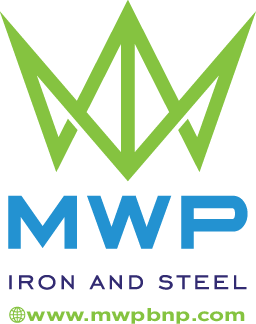Streamlined Steel Procurement:
Streamlined Steel Procurement: Steel procurement is a critical aspect of any construction or manufacturing project, and optimizing this process is essential for efficiency and cost-effectiveness. Streamlining steel procurement involves carefully managing the acquisition of steel, from initial sourcing to delivery. In this guide, we will outline strategies and best practices to ensure a smooth and efficient steel procurement process.
1. Understanding Steel Requirements
The first step in streamlining steel procurement is a thorough understanding of your project’s steel requirements. This includes determining the types of steel needed, quantities, specifications, and quality standards. Collaborate with engineers and project managers to accurately define these requirements, considering the project’s specifications and budget constraints.
2. Establishing Reliable Suppliers
Identify and establish relationships with reliable steel suppliers. Look for suppliers with a proven track record of delivering quality steel on time. Consider factors such as reputation, certifications, past client reviews, and proximity to your project site. A network of trusted suppliers ensures a consistent and timely supply of steel, minimizing procurement delays.
3. Negotiating Favorable Terms
Negotiate terms and conditions with suppliers to ensure favorable procurement arrangements. Discuss pricing, payment terms, delivery schedules, and potential bulk discounts. Aim for long-term partnerships that benefit both parties and provide cost savings for your organization.
4. Utilizing Technology
Leverage technology to streamline the procurement process. Implement software solutions that automate order placements, track deliveries, and manage inventory levels. These tools provide real-time visibility into procurement activities, enabling better decision-making and reducing manual errors.
5. Optimizing Inventory Management
Efficient inventory management is crucial for streamlining steel procurement. Maintain an optimal level of steel inventory to meet project demands without excessive overstocking. Implement inventory tracking systems to monitor usage, forecast future requirements, and reduce unnecessary carrying costs.
6. Ensuring Quality Assurance
Prioritize quality assurance in steel procurement to guarantee the procurement of high-quality steel that meets industry standards. Work with suppliers who adhere to quality certifications and standards. Conduct inspections and tests to verify the quality of the steel before accepting deliveries.
7. Consolidating Orders
Consolidate steel orders to minimize transaction costs and optimize delivery schedules. By combining smaller orders into larger, more cost-effective shipments, you can achieve significant cost savings and improve procurement efficiency.
8. Continuous Performance Evaluation
Regularly evaluate the performance of your steel suppliers to ensure they meet agreed-upon standards. Track delivery times, product quality, and adherence to terms and conditions. Address any issues promptly and provide constructive feedback to improve future procurement experiences.
Conclusion
Streamlining steel procurement is essential for optimizing costs, improving efficiency, and ensuring timely project completion. By understanding steel requirements, establishing reliable supplier relationships, leveraging technology, and implementing efficient inventory management, you can achieve a seamless steel procurement process. Continuous evaluation and adjustments based on performance metrics will further enhance the effectiveness of your procurement strategies.
